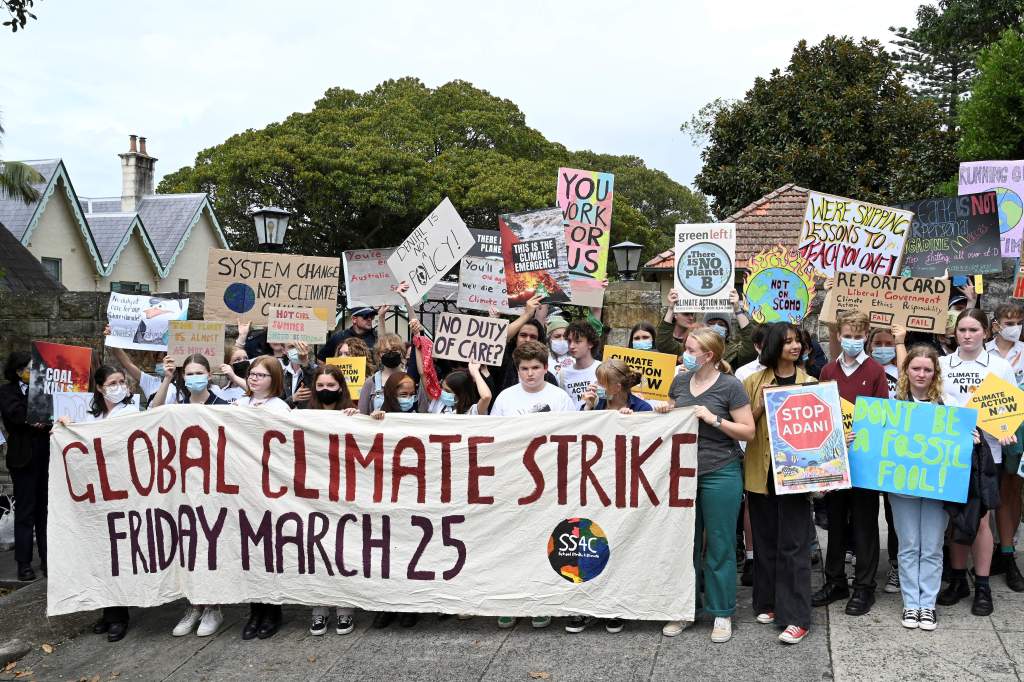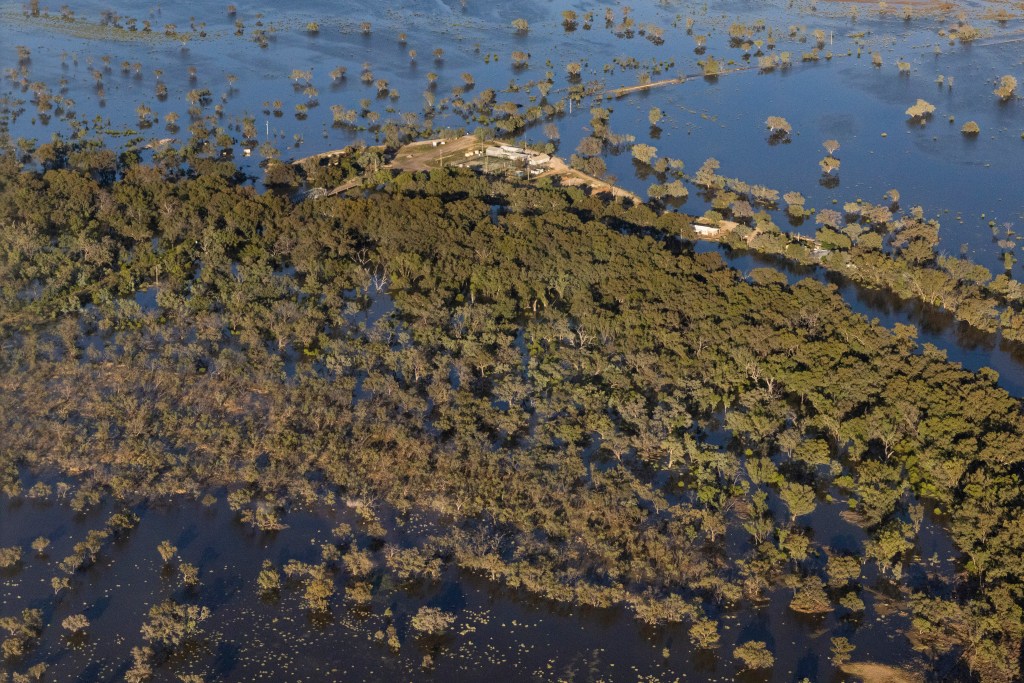We might look back on 2022 as the year we turned the corner on climate change, writes Blair Comley, EY Head of the Net Zero Centre and EY PJP Partner.

Seven years away from our 2030 targets, we can look toward 2023 with a sense of optimism. This is in large part thanks to some fundamental milestones achieved in 2022. However, to fully appreciate the opportunity of the year ahead, it is worth taking a longer-term perspective.
Globally, emissions are still rising. All the trajectories that get the world to a relatively safe landing have in common a graph that has rising emissions right up until today and then an assumed turnaround with different degrees of aggression depending on the temperature target.
We have yet to turn around this very big ship.
Domestically, emissions have been falling after peaking in 2005. But, this is really a story of three sectors.
The land sector has steadily been reducing emissions for over three decades. Starting around 200 megatons per year of emissions the sector now absorbs around 30 to 40 million tonnes per year.
The electricity sector grew emissions continually until 2009 but has since turned that around and emissions are now falling rapidly. By the middle of the next decade, the electricity sector will likely be close to having zero emissions.
And then there is the rest, mainly comprised of transport, agriculture, and industrial processes, like steel and cement production. To a first-order approximation, these sectors have not reduced emissions.

A key question for 2022 is whether it represented a genuine pivot towards a more balanced emission reduction pathway.
Action is driven by five sources of pressure: sources of capital; customers; employees; government; and the pressure associated with reacting to the physical effects of climate change.
All these pressures are real.
Sources of capital are demanding action before they are prepared to invest. Consumers are choosing to purchase from brands with aligned values; employees are putting pressure on their employers to act more sustainably; and businesses are exposed to the physical effects of climate change, particularly in the agricultural sector.
But our experience, business surveys, and research show that these pressures are insufficient to drive most businesses on a pathway toward emissions reductions that would be consistent with a 1.5° world.
It is true that in Australia the corporate sector had been moving ahead of the Commonwealth government, but it is also true that much of corporate Australia is struggling to find the transition bankable. Government action will need to be a significant driver of action. If we look at the two sectors that have reduced emissions, we can see the hand of the government. Australia did not spontaneously improve its emissions record from the land sector. State governments, in particular New South Wales and Queensland, banned land clearing. With the stroke of a regulatory pen, we wiped out more than one third of our emissions.

The electricity sector did not spontaneously decarbonise. At the turning point in 2009 – amid the global financial crisis – government at all levels was making a concerted push to elevate climate change as a policy issue. The carbon price was being developed, and the renewable energy target, which incentivised the deployment of renewables within the National Electricity Market, was being ramped up. Many states and territories were also adopting a raft of policies, including support for small-scale solar for households.
In recent years state governments have led the charge. In 2021, New South Wales announced a very ambitious energy roadmap, supporting the deployment of 12 to 14 GW of renewable generation and storage over the next decade. Victoria pursued its own renewable energy target and negotiated the closure of the Yallourn power station, which will leave only two coal-fired power stations in the state after 2028. At the same time, Victoria ramped up its renewable energy target to 95% by 2035.
In the last 12 months, the Commonwealth government has also come to the party. The first step was the former government endorsing a net zero target for Glasgow. This was genuinely significant. With the endpoint no longer debated, the community can have an appropriate and detailed conversation about the pace and timing of the transition.
The change of government has further accelerated action. The recently released climate change statement lists an enormous amount of activity. The government increased its 2030 emissions target to 43%. It agreed to fund the Marinus link, the second interconnector across the Bass Strait, and introduced a scheme to provide discounts for electric cars. And finally, the government began tightening the safeguard mechanism which will bring real emissions reduction incentives, and potential penalties, for 215 facilities that sit within the third sector.
The government’s revised projections almost make it to 43% with the safeguard mechanism. To do this it will need to stimulate 46 million tonnes of abatement from the sector or drive offsets if the reductions are too difficult to make. If that were achieved, it would genuinely reflect a turning point. To date, we have had a couple of instruments carrying the tune. The direction of Australian policy is to have the whole band playing together.
We might look back on 2022 as the year we turned the corner on climate change. Businesses wanted to move but didn’t have sufficient incentive to act outside the land and electricity sector. Now the incentives look clearer, with an outlook to get sharper over time. However, global expectations and the pace of global action will remain important for motivating domestic action by governments and businesses.
Blair Comley is EY Head of the Net Zero Centre and EY PJP Partner